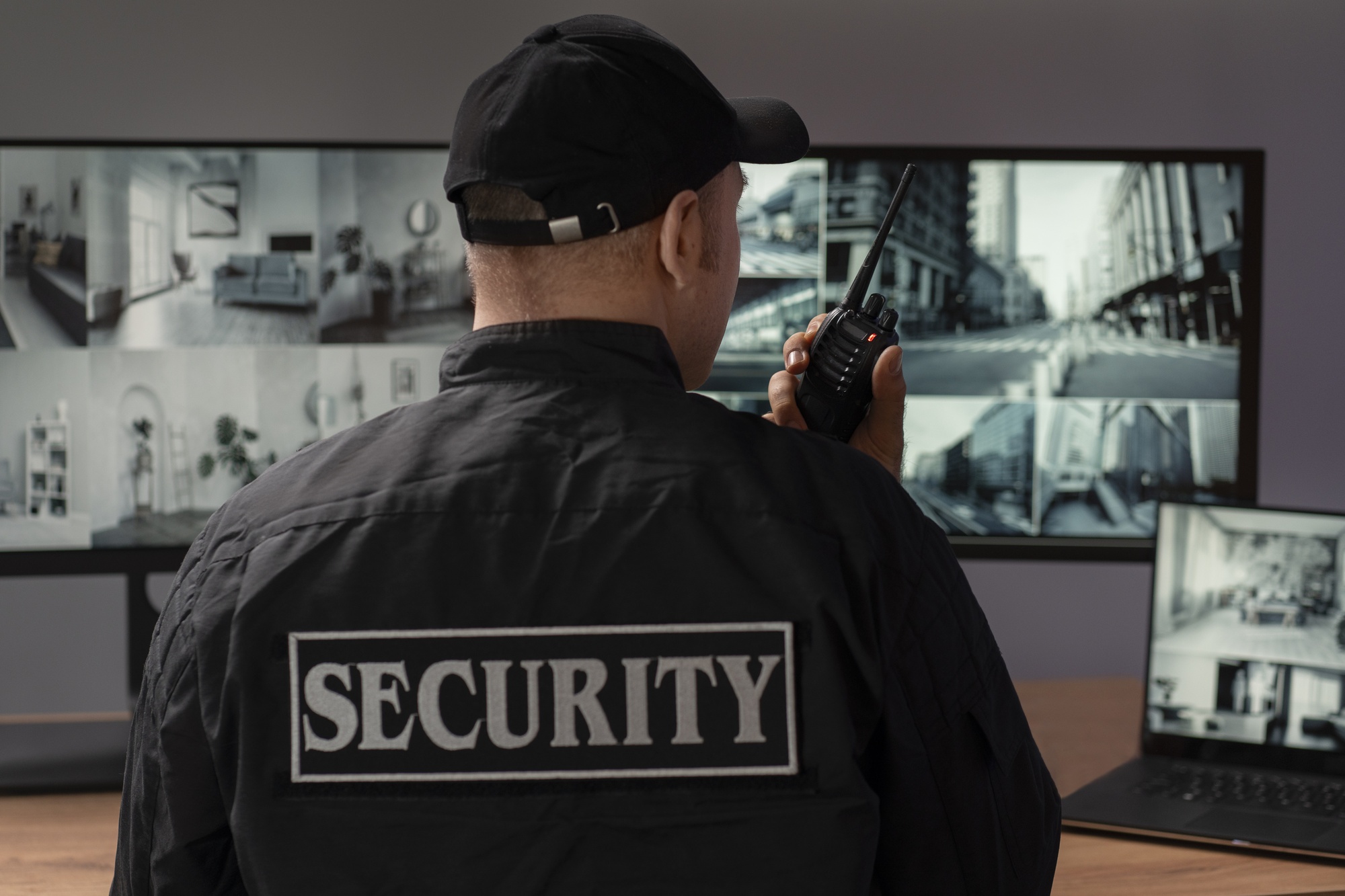
Emergencies are unpredictable, chaotic, and often life-threatening. When they strike—whether it’s a fire, medical emergency, or a violent threat—security guards become the first point of response. Their training, alertness, and presence of mind allow them to step in before law enforcement, firefighters, or paramedics arrive. Their job is not just to observe but to act swiftly, lead effectively, and maintain control in high-stress situations. From minor disruptions to large-scale disasters, security guards are essential pillars of emergency preparedness.
Responding to Fire Incidents with Precision and Speed
In the event of a fire, every second can make a difference between safety and catastrophe. Security guards are trained in fire safety and evacuation protocols, making them capable of identifying the fire source, activating alarms, and guiding individuals to safety. They are equipped to use fire extinguishers for small outbreaks and know how to safely shut down electrical systems if needed. While escorting people through designated exits, they also ensure that fire doors remain closed and elevators are not used. Their understanding of building layouts and emergency exit routes makes evacuations smoother and safer.
First Responders in Medical Emergencies
Medical emergencies such as heart attacks, asthma attacks, fainting, or injuries require an immediate and accurate response. Security guards are trained in basic first aid and CPR to stabilize a person’s condition until emergency medical services arrive. They clear the area around the victim to allow ventilation and privacy, provide comfort to the injured, and gather any necessary information that may help paramedics. Their rapid actions can help save lives, especially in high-traffic areas where every second matters.
Handling Physical Threats and Security Breaches
When dealing with intrusions, unauthorized access, or violent behavior, security guards act quickly to isolate the threat and prevent escalation. They use non-violent methods to de-escalate situations, but if needed, are also trained in physical restraint techniques within legal limits. Through the use of surveillance systems and constant communication with the control room, guards track suspect movements and inform local law enforcement as necessary. Their physical presence alone often serves as a deterrent, but in moments of real threat, their readiness and ability to think on their feet are what protect both property and lives.
Navigating Natural Disasters with Composure
Security guards play a vital role during natural disasters like earthquakes, floods, or storms. Their primary task is to protect human lives by implementing emergency plans, shutting down critical systems, and guiding people to safety. During an earthquake, for example, they instruct people to stay away from glass and unstable structures. In floods, they help in evacuating to higher floors or safer zones, often while coordinating with disaster management teams. Even when communication systems go down, trained guards remain calm and act with authority to bring order to chaos.
Responding to Suspicious Packages or Bomb Threats
Suspicious packages or bomb threats demand immediate action. Security guards are trained not to approach or investigate the object directly. Instead, they quickly evacuate the area, inform relevant authorities, and secure the surroundings to prevent any potential blast damage. They provide critical details to the bomb disposal squad such as the object’s location, time of discovery, and observations from surveillance footage. Their ability to maintain calm among bystanders during such tense situations is invaluable.
Effective Communication During Critical Moments
Clear, calm, and continuous communication is crucial in emergency scenarios. Guards use radios, intercoms, and mobile devices to maintain contact with team members and emergency response personnel. Their communication isn’t limited to internal networks—they also keep building occupants informed, guiding them on what to do and where to go. Miscommunication can lead to chaos, but trained guards excel at delivering the right message at the right time.
Post-Emergency Responsibilities and Incident Reporting
Once the crisis has passed, the security guard’s role transitions into analysis and recovery. They assist in securing the premises, support clean-up efforts, and document the incident in detailed reports. These documents include timelines, actions taken, parties involved, and recommendations to prevent future occurrences. Their reports are often used for internal reviews, legal cases, or insurance claims. Guards also participate in debriefings to evaluate the response and improve protocols based on firsthand experience.
Training That Prepares Guards for Real-World Emergencies
What enables guards to act with such effectiveness is the rigorous training they undergo. Emergency simulations, first-aid certifications, communication drills, and legal training are standard in professional programs. Guards are trained to adapt to changing environments and think critically under pressure. Their education doesn’t end after initial training—ongoing drills and scenario-based exercises help refine their skills regularly.
Technology Enhances, But Human Judgment Leads
While surveillance cameras, biometric access control, and alarm systems enhance security, it’s the human element that ensures emergency response is effective. Today’s advanced security frameworks often include collaboration with an integrated security services company, blending manpower with AI-based technologies and automated systems. But it is ultimately the security guard—alert, observant, and trained—who leads action on the ground.
Professional Security Services That Deliver Peace of Mind
In today’s fast-paced, high-risk environments, the demand for reliable security guards services has never been greater. These professionals bring not only physical protection but also emotional stability in moments of panic. They are the unsung heroes who handle pressure with composure, confront danger with courage, and navigate emergencies with leadership and responsibility.
Their presence ensures continuity, preserves order, and fosters a secure atmosphere where people can work, live, and function without fear. By combining rigorous training with real-world experience, they serve as the backbone of safety in every sector—from corporate buildings to public venues and residential communities.
